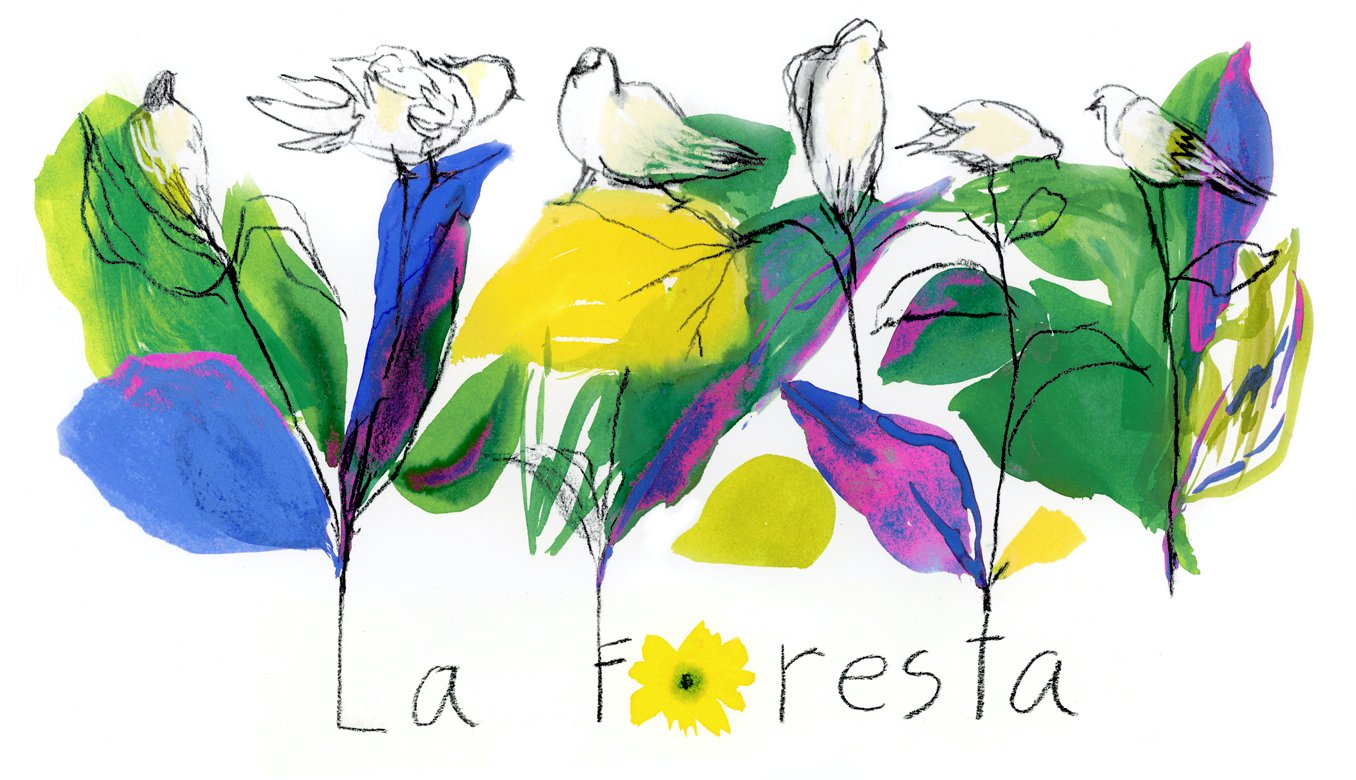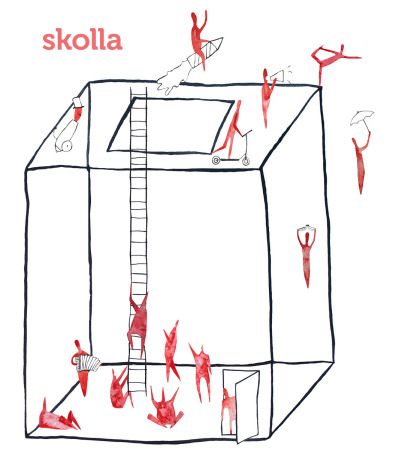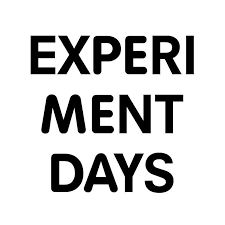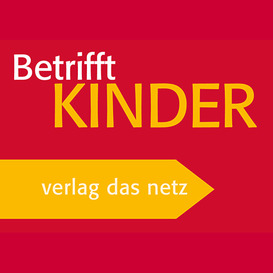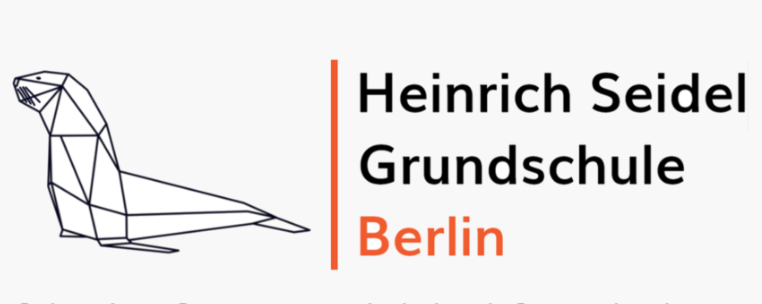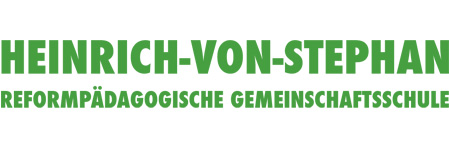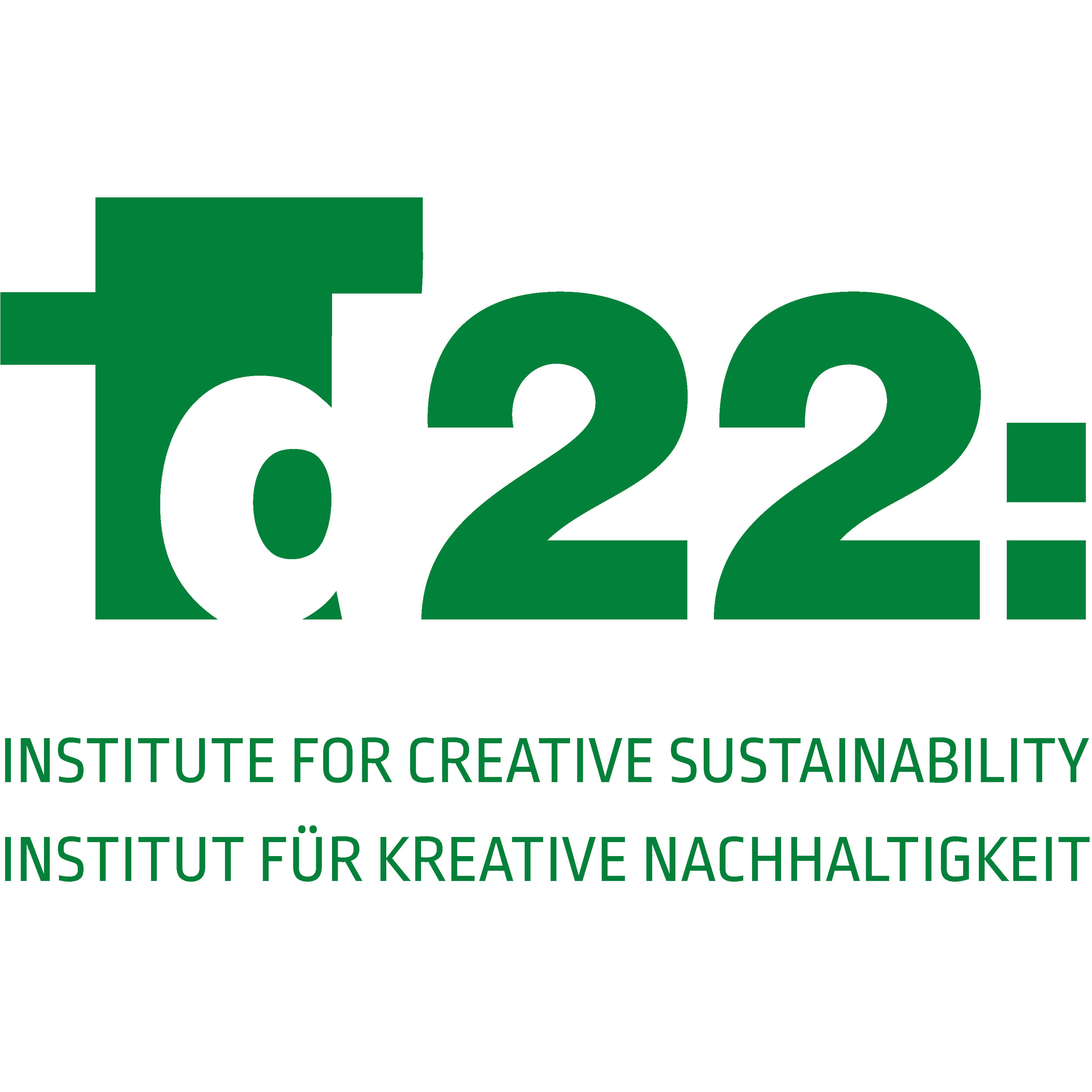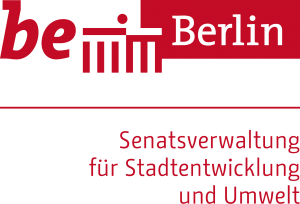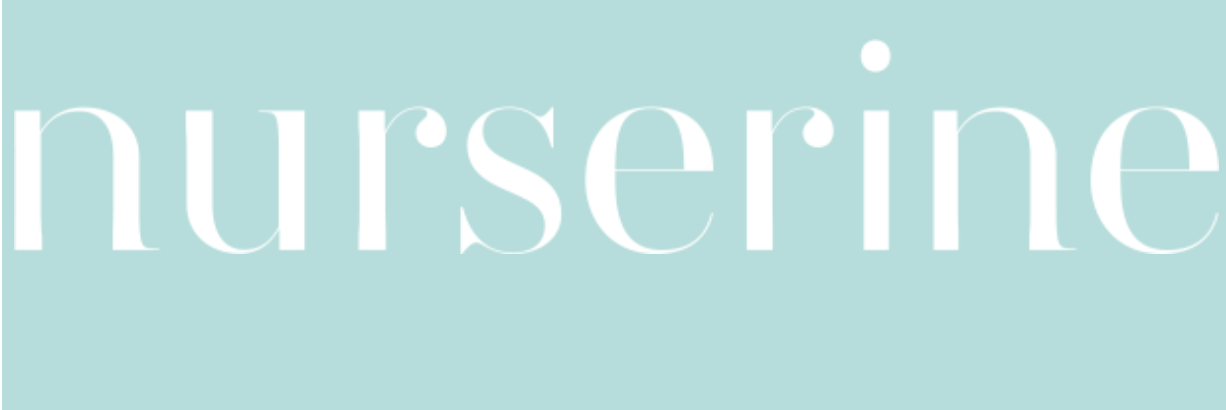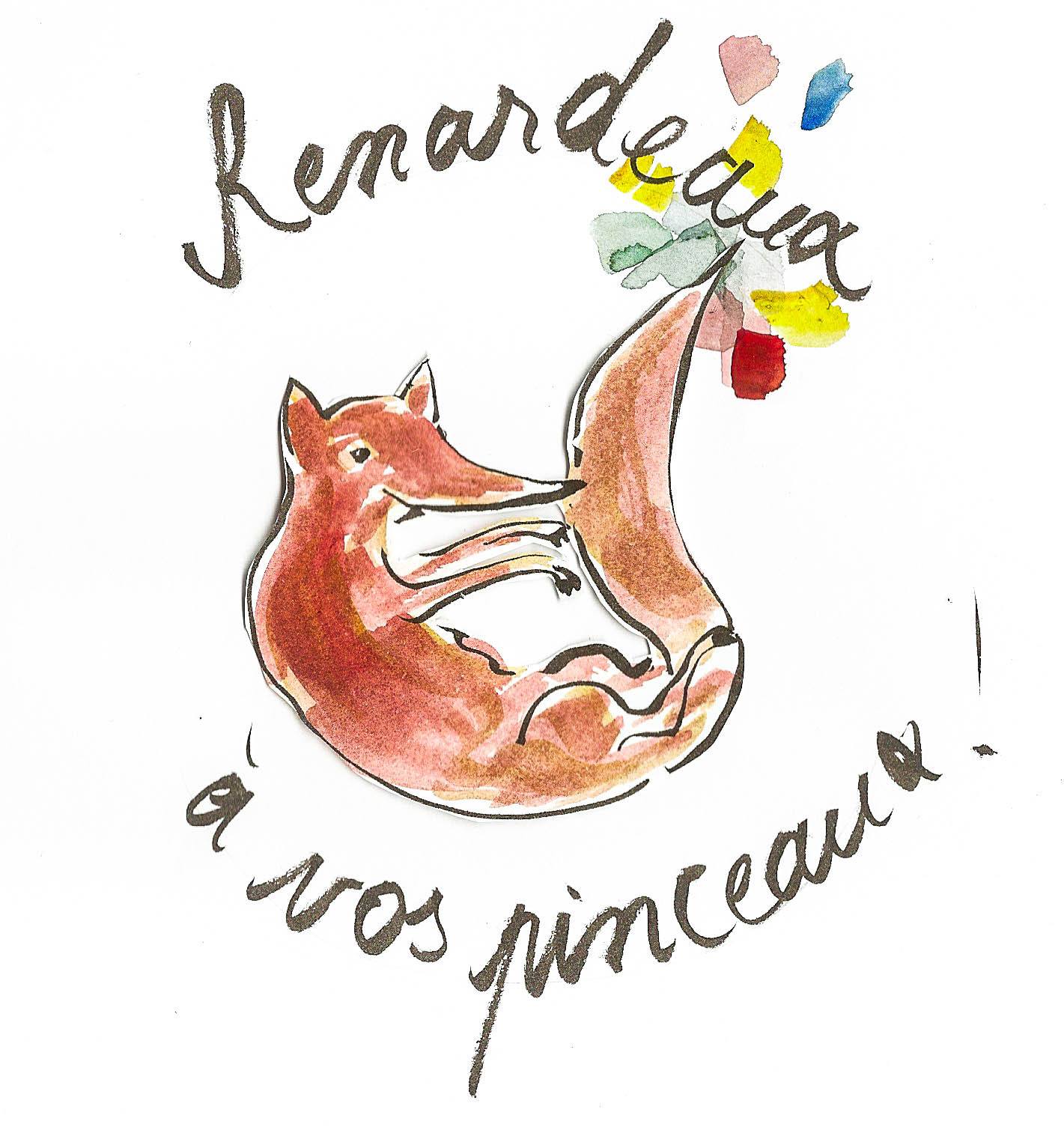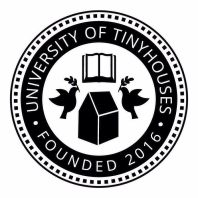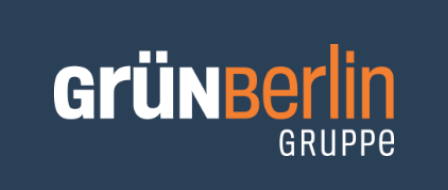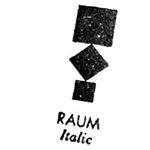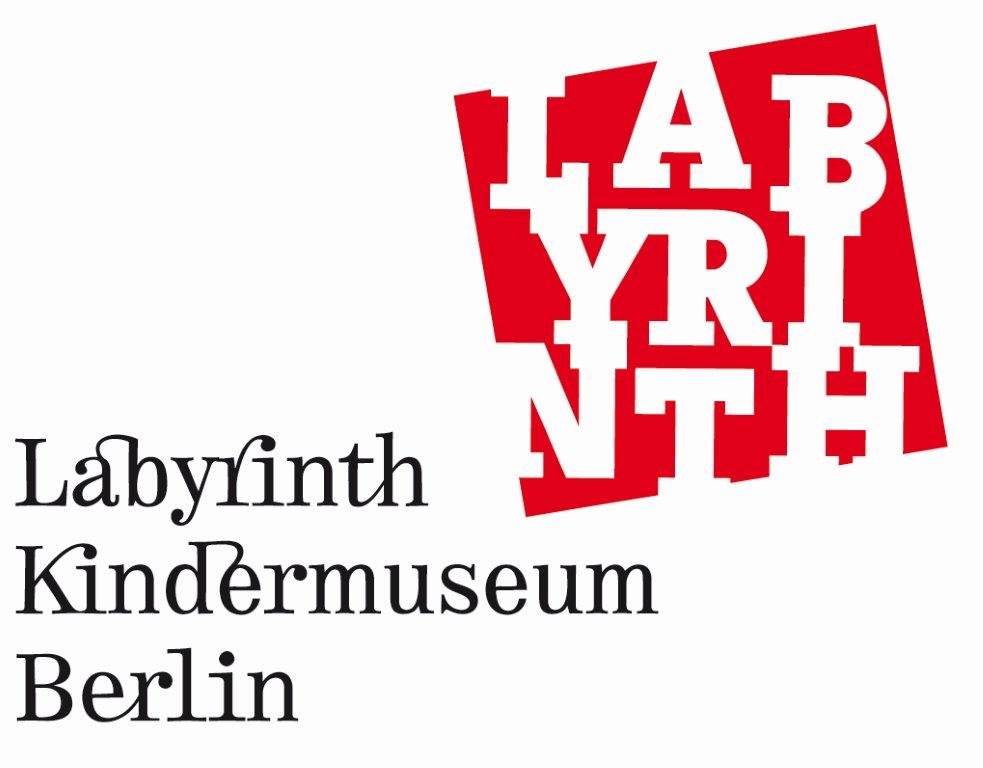Foresta KIDS is a collaborative creativity studio, designing and facilitating learning experiences and creative projects for and with kids of different ages. Our work is dedicated to ecological futures. We are inspired by pedagogy otherwise, a practice of learning that prepares people for an ecologically and socially sustainable being-in-the-world. In our projects we focus on subjects children usually don’t learn about at schools (such as culture of personal and relational ecologies, nature inside and outside, sense of self and empathy, and others that contribute to the core theme of Foresta and the quest towards a more regenerative, collaborative and sustainable society). To learn more about our work you can visit Workshops and Installations. Below you will find out more about the principles in which we ground our work, tools and formats we use, with whom we work, as well as the background story of our co-learning practices.
Workshops and Installations
We offer workshops in a variety of formats and constellations: short ones and long ones, indoors and outdoors, one-timers and long-term, fun and serious, wild and peaceful, concrete and in-between. We also offer formats for families, and share our experiences with educators or anyone working with kids. We create children programmes during events, conferences and festivals. Clicking on the image below you’ll find more information, examples and impressions from our past and current activities.
Principles
Each human arrives on Earth with their own unique nature. Personal nature includes individual potential as well as limits. We arrive into the world that is already in itself a living nature of ecosystems, cultures, and other multispecies individuals. We see purpose of education as a way to understand and unfold one’s personal nature and to learn discernment and care for the natures around. Here are key principles, in which we root our work.
* Interconnectedness and Regeneration
Foresta stands for a metaphor of a forest — an alive organism that contains multitudes of beings and perspectives co-existing in one ecosystem and enriching the whole. In the work we do with and for kids we aim to bring back together and reconnect pieces of our fragmented world. We are interested in education that transcends narrow borders of disciplinary thinking, allowing to see connections between things, and through them to explore the world around and within. Our understanding of regeneration is rooted in practices of attention and care. We are interested in ecologies, inner and outer, direct and metaphorical. Ecologies are organic interrelated systems of relations between organisms and their surroundings. The emergence of a more ecological mindset, based on attention and care, does not belong to any one particular discipline. Instead it acknowledges interconnectedness of everything and claims the need for every learning process to be structured around chosen subjects, where variety of perspectives meet.
* Experience- and Context-based Learning
Educational projects are a response to real needs, opening choices and expanding options to respond. Theory and practice need to go together. The limitations of theories is that they tend to make people cling to a learned mental model, even when it’s not working in the present conditions of real world, or even people try to fit the new world into an old system of thinking. Practice invites people to be present in whatever the situation is, and act as the situation requires, to be attentive, and to find solutions. Theory is a space for refection on the practice.
* Holistic Approach — Embodied Culture
Intellectual, emotional, and physical content together allow for creation of a space where one can be fully human. Understanding and knowledge through the intellect are just as important as movement and body knowledge, as well as emotional and aesthetic development. Humans are multitudes. We have also manifold self-expression. Learning together we explore our multifaceted versatile qualities, like a craftsman learns to balance strength and gentleness, speed and patience, working alone and working together. Expressing thoughts is just as important as expressing feelings and bodily sensations. To be able to feel emotions, even the difficult ones, and to be supported, guided in the process, enables children to learn how to deal with these emotions instead of suppressing them, running from them, overreacting, or other patterns one learns when emotions are not allowed. We are convinced that humans of any age need to be respected in their holistic being. We incorporate different expressions of being into our learning experience design, including the body, movement, deeper experiences of senses and perception, and so on.
* Learning is Personal
Personalised learning develops in two senses — we are all different, all learn in different ways and speed, all have different interests. Personal approach respects these differences. The other sense is that all learning is personal in a way of being connected to the lived life of children, not removed into theories of subjects that don’t require personal involvement. A child comes into the world with her or his own wish to live and develop. Their curiosity, learning capacities and playfulness were not given to them by us, adults. But so often children are encouraged to listen to everything and everyone except themselves. We find it very important to encourage inner listening and respect principles that children naturally follow.
* Inquiry-based approach
It means that everything starts with a question and there may not be a ready answer. We invite children to find their own questions rather than learn the answers to questions that others asked. This approach develops in each kid their personal agency and critical thinking and supports in understanding the bigger context, as well as hidden values and feelings. In the age of information it means to separate facts from opinions, sense from nonsense, honesty from deception. It also includes engaging with knowledge as opposed to “having” it. We never own knowledge, we build on it. Everything changes continuously, and what we know today may be different tomorrow.
* Focus on creativity and learning through arts
We join Elliot Eisner in his reflection on art as a literacy of the heart, and a way to reach one’s poetic capacities, to learn to say what cannot be said. We also see it as a way to continually reinvent ourselves and the world around, to learn to dance with the unknown and to realise that questions can have more than one answer. A living relation between art and education means that processes of creation are intrinsically and mutually affected by open and living discoveries. Echoing Jacques Ranciére we understand aesthetic practice as both a finely tuned and unconscious process of “knowing what you are doing without knowing what you are doing”. To continue reading on how we see art and what we can learn from it click here.
Creativity is an inherent drive to experiment, inquire, ask questions, develop original thinking, generate new ideas and apply them in practice. It enables us to respond imaginatively to the world from the position where we don’t copy but are uniquely ourselves. Creativity also gives us more safety in the unknown and constantly changing circumstances - it helps us to stay open-minded, to adapt, to find new ways for being and doing. It’s a basis for smart decisions in life, and for staying curious all along the way. If we only teach our children what we know they won’t have a chance to grow beyond the limits we’ve established through our knowledge. Creativity is more important than knowledge. It enables children to discover things the teachers can’t imagine.
* Fostering culture of collaboration
We are deeply interested in supporting the emergence of collaboration mindset as a change in relationships between humans. Who we are is always in relation to others. So by fostering culture of collaboration we strive to foster more respectful, attentive, and inclusive relationships to each other. Trust and empathy are the base of common work. Trust goes both ways: trusting and being trustworthy. We understand empathy as an interpersonal sense of being able to see, feel and recognise the other person and not our assumptions or interpretations of them. That is true for learners and educators alike. We value communication on eye-level. Education is an encounter between someone who knows something and someone who knows something else. Everyone is a teacher and a student in their own ways. Another aspect of cultures of collaboration are mixed age groups based on interests and wishes to explore together.
* Learning and Joie de vivre
Through and with enthusiasm, brain creates new connections so that we are able to learn, grow and feel inspired to live. Watch our interview with Gerald Hüther to hear more on this subject — he has researched it extensively and gives a good insight into the essential role enthusiasm and joy play in the learning process.
* Liminal spaces and the Outdoors
Fascination and love for nature and the experiences it gives us is one of the major driving forces of our work. La Foresta stands for a forest, real and symbolic, inner and outer. We are convinced that some of the wisest and most sustainable methods developed to tackle the problems of modern life are based on nature's holistic ways of being. To learn from nature we need to spend time with nature. We aim for the experiences we design to take place in the natural environments or in the liminal spaces, close to the presence of nature. Natural environments provide for a higher-level of concentration, deeper inner and outer awareness, and a healthy grounds for the flourishing of all senses.
* Nomadic Nature
We are not settled in one place by choice. We are convinced that nomadic and mobile life-style is a great teacher. Traveling and shifting perspectives physically you also shift inner perspectives of how you see things. We strongly value multicultural cosmopolitan worldview, especially in the contexts of shared identities, “othering”, and multitudes of ways of being in the world. It can also relate to projects we do in the same city, traveling to different places depending on the context and theme of the project. This “school” has no walls, the whole city is a learning space.
Formats
We design and facilitate a variety of children programmes, workshops, journeys, exercises and games that encourage kids of different ages to sharpen their attention, to explore perception through different senses, to work alone and with each other, to connect to different aspects of their being, including their bodies, emotions, intellect, intuition, to move as well as to be still, to understand themselves better and learn to be true to themselves, to learn about the world and to express their personal vision of things through different media: drawing, painting, sculpting, book-making, filming, story-telling, dancing, and others. Clicking on the links below you will find more examples of the work we do.
Workshops
We offer workshops in a variety of formats and constellations: short and long ones, one-timers and long-term programmes, indoors and outdoors, fun and serious, wild and peaceful, concrete and in-between. We do workshops for kindergarten children, school kids, and teenagers. We do workshops for families, and share our experiences with educators or anyone working with kids.
We also make children programmes such as Woods in the City Kids and Personal Museum.
Installations
We make spacial installations for children around a specifically chosen subject, often in combination with workshops for children or families. We also design exhibitions from the work that kids made in a longer-term workshop formats.
Tools
* Engaging with stories
Stories is how we make sense of the world around us. Engaging with stories, fairytales, myths, collective reading, story invention and other activities with storytelling, we learn, change and grow under the influences of stories we hear and tell each other.
* Doing things with own hands
Learning to do things with our own hands is indispensable for a healthy and holistic personal development. Rooted in our cultural tradition, it is also a powerful way to express something about oneself and to gain confidence. There is plenty of research showing that making things with one’s own hands enhances well-being in our technologically saturated culture.
* Variety of materials and mediums of expression
To experience different materials and mediums of expression expands child’s world and allows to explore the diversity of ways and means to play, to try something new, or to find the fitting expression for whatever is searching its way to be expressed.
* Movement and awareness
Chemistry of the body is inseparable from the chemistry of the brain. Movement stimulates our brain in ways we often do not appreciate. We are not "brain on a stick” - we are embodied beings. Our bodies are ancient, millions of years old, very intelligent and very powerful. Movement and physicality is an inherent part of any learning process. The difference between movement as we understand it and sports is that movement is done with awareness, and therefore brings us closer to experiencing our bodies as inherently part of our sense of self.
* Moments of silence, observation and reflection
These are just as important as times of activity. Sometimes these moments are for simple being, just to do nothing. Sometimes these are moments for reflection (what I’ve been doing, what was good, what can I improve, what I want to do again). It’s time to listen, to digest, to get a personal feeling, to learn, to realise what’s true for oneself.
* Free Play and Exploration
Les us linger here a little. We understand play as an unstructured time and space to explore the world without any external guidance. It’s an extremely valuable and necessary activity for any age group. It develops curiosity, willingness to try, to experiment, to make mistakes, and try again. It fosters autonomy of an individual - through independent action to find out what works for them and what doesn’t, what they like and don’t like, until they understand who they are in this process, and what is their own way.
Free play is improvisation, but it still gives a framework, within which people can experience different situations, try things out, explore, create, learn about the world around, communicate with others, handle different situations, be changed by each other, and also discover things about themselves, their different reactions, emotions, abilities. They learn to develop different feelings and ways of being, and in this process also to own themselves through playing those different roles. They learn how multifaceted and versatile they are. Everyone involved into a play can be many things. For example, in stories about animals, each animal is a kind of crystallization of a character, a certain aspect of a personality: the rabbit, the bear, the wolf - everyone stands for something, has different qualities and ways to relate to the world. In play anyone can try out a myriad of roles. They learn to listen, to express themselves, to develop their creative impulses, to sympathize, to contribute to the common process, to take responsibility according to their curiosity. From such responsibility, intention and purpose are born. Different roles, different reactions, different plots, different characters - everyone has their own voice and right to exist. So in play individual’s personality, range of developed feelings, consciousness, their whole world is expanding. This description is true for children just as much as for adults. Grown-up’s work and play are two sides of the same thing unwilling to exist without one another. Most authentic play is built on work, on something real and committed. Deepest work is built on play, on something light and fluid.
Children by their nature are explorers of the world around. Curious of all life, natural learners, interested to try, experiment, and experience. In free play children have the space to follow their own curiosity, find their questions and form their own intentions, to develop freely as their individual growth requires. Adult is a reference point for a child. Many times children learn their ways of being from who we are and how we act, and not from what we say or want them to be. Adults responsible for a child day to day of course influence the world of a child and bring their own order to it. That’s important of course. However we see it as equally important for kids to be in a structure that takes seriously their needs, ideas, wishes, and acts, and doesn’t try to interfere into those. In free play adults's role is shifting between co-creator and attendant, accompanying children in a journey, but leaving them to invent, create, and act in their own reality. In this role the adults doesn’t impose any of his or her standards of a successful future onto a child that seem reasonable to an adult but overburden the child and prevent the child from fulfilling her or his real task, as Natalie Knapp puts it “to be ambassadors of spring and to give an entire society the primal power of life”, as a child is a child not in order to become a successful professor or a brilliant musician, but in order to experience the world as a child and to enrich it.
Team
Foresta KIDS is part of a larger forest. It’s an eco-system of collaborative networks of talented individuals. This means that we work in collaborations with a variety of other individuals and collectives that are not mentioned here, but are mentioned at each specific project or a workshop we did together. This is our core team.
Sabina E. Téari
My work at Foresta KIDS is largely informed by my interest in exploring how humans learn, play and live with one another and other creatures on the planet. The wish to create this studio came from such curiosity. I approach this work as a process of living the questions, experimenting, continuously learning, and inviting others into this process. I’m interested in what was before we started to separate things into categories and in what comes after we find interdisciplinary connections and shared grounds again. The foundation of Foresta KIDS just as of the Foresta project as a whole is collaborative work.
Violeta Lopiz
Violeta’s work mainly evolves around picture books illustration, educational practice in illustration and creativity, and invention of things. As a book-maker she worked with such editorials as Kalandraka, Anaya, Edelvives, Siruela, Bruá editora, Editions du Rouerge, and Topipittori. Her work was selected at CJ Korea Awards, at Bologna Children Book Fair, and won the Grand Prix at ILUSTRARTE 2016. Violeta has also participated in variety of exhibitions in Spain, Italy, France, Germany and Japan. She has created images for bookshops, children cafes and clothes, shop murals and CD covers.
Find us on Instagram @foresta.kids
We Work(ed) With
Background Story
To read more you are welcome to download our recent publication Education as a Collective Practice
